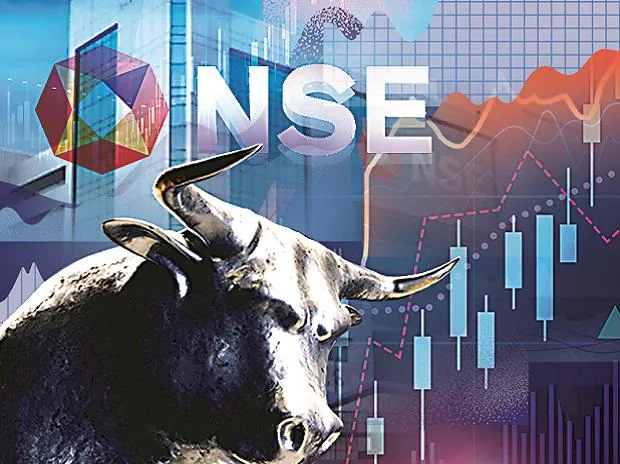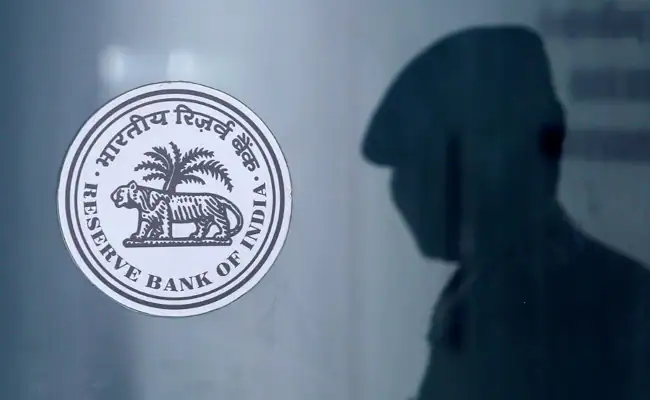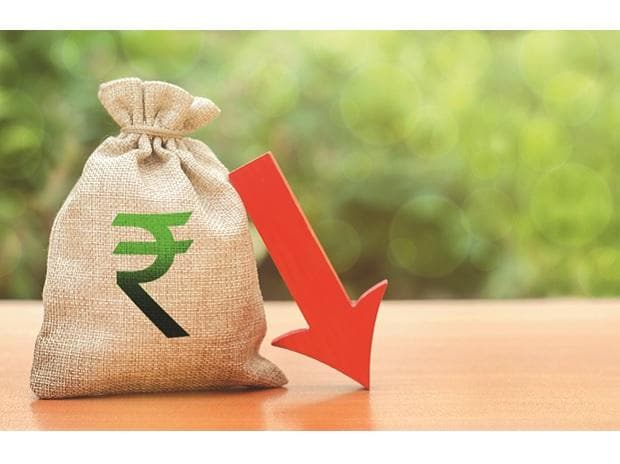[ad_1]
.
Reliance Capital’s resolution has received tepid response as only four firms have made financial bids for the entire company, including its subsidiaries, under the insolvency process. IndusInd, Torrent, Oaktree Capital Management, and B-Right Realestate have submitted bids in the range of just Rs 4,000 crore. When the resolution process began, over 50 firms had submitted Expression of Interest for various assets, but only a handful of bidders were engaged. The bids have to be approved by a lender’s committee.
.
Lukewarm response for RCap asset: 1) IndusInd, Torrent, Oaktree Capital Management, and B-Right Realestate placed bids
2) All bids were placed in the range of Rs 4,000 crore.
.
The process for asset sale of debt-ridden Anil Ambani’s Reliance Capital had kick-started in November last year, when the Reserve Bank of India (RBI) superseded its board for payment defaults and initiated bankruptcy proceedings. Y Nageshwara Rao was appointed administrator for the corporate insolvency resolution process. After Srei Group’s shadow banking arm and DHFL, Reliance Capital is the third NBFC to go under insolvency under IBC.
.
Secured creditors have claimed Rs 22,122 crore and unsecured creditors around Rs 3,212 crore after the company was sent to insolvency. Major lenders include Life Insurance Corporation, YES Bank among others.
.
.
Reliance Capital’s eight businesses were on the block for bidding including general insurance, securities and asset reconstruction businesses. Under the second option, Reliance Capital’s general insurance received bids from Piramal Group, Zurich Insurance Group, and Advent International. While, the company’s ARC business got bids from Jindal Steel & Power and UV Asset Reconstruction Company, Choice Equity, Global Fincap, and Grand Bhawan have placed bids for other assets of Reliance Capital.
.
Please include the byte: Ashvin Parekh, Managing Director, Ashvin Parekh Advisory Services LLP says, the bids for Reliance Capital assets were on the lower side. Lenders have few options left before approving the bids.
.
But the poor response indicates that lenders are in for massive haircuts. It also showcases bidders’ concerns, especially over equity of Reliance General Insurance, held by IDBI Trusteeship on the behalf of Credit Suisse. IDBI Trusteeship has refused to release these shares for the ongoing NCLT led resolution process. The condition to make all-cash bids also proved a hindrance in the resolution process
Mukesh Chand, Senior Counsel, Economic Laws Practice says the committee of creditors will likely negotiate with proposed bidders. CoC will try and work out a best possible resolution plan with the bidders. If viable options don’t come out in negotiation process, big haircut is on the cards.
As the bids are placed, the ball is in the lender’s court now. They have to take a call on the value of bids and evaluate other options, including negotiating a better deal with the proposed bidders. Whatever may be the case, it is in the creditors’ best interest to complete the resolution within the stipulated time and not drag the process further
.
[ad_2]
Source link
For more information call us at 9891563359.
We are a group of best insurance advisors in Delhi. We are experts in LIC and have received number of awards.
If you are near Delhi or Rohini or Pitampura Contact Us Here





 Dear Reader,
Dear Reader,







